Kim Hermanson's Blog, page 9
June 13, 2023
Opening space is transformative.
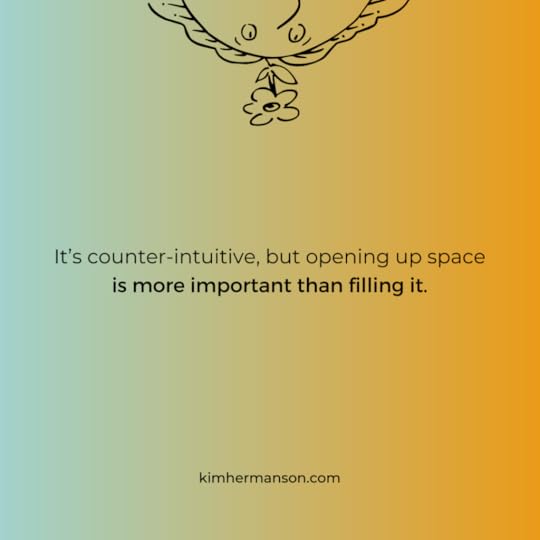
Many who teach, train, coach, or mentor focus on content and strategies, but it’s the opening of space that’s transformative.
When we focus solely on content, learning becomes static. We have no room to let the wisdom under the surface reveal itself.
Try shifting your focus to the space. 
For more about the potency of space in teaching, training, coaching, and mentoring, check out my book, Getting Messy: Taking Risks and Opening the Imagination.
June 6, 2023
The way of the artist and the way of the mystic are very much alike, except the mystic does not have a craft
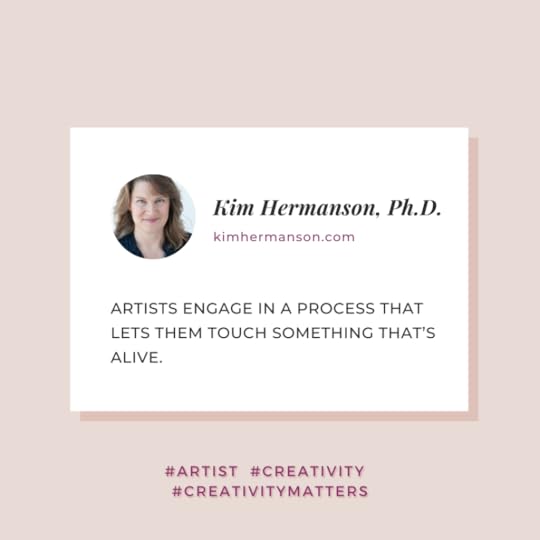
Joseph Campbell said, “The way of the artist and the way of the mystic are very much alike, except the mystic does not have a craft.”
Creativity is not just a personal tool for our projects. It’s an alignment with a higher intelligence.
The creative process allows us to have a conversation with Something greater than ourselves. It puts us in touch with transcendent wisdom. Artists engage in a process that lets them touch something that’s alive. 
May 30, 2023
When we don’t know what we’re doing, we’re hooked up to a greater wisdom.
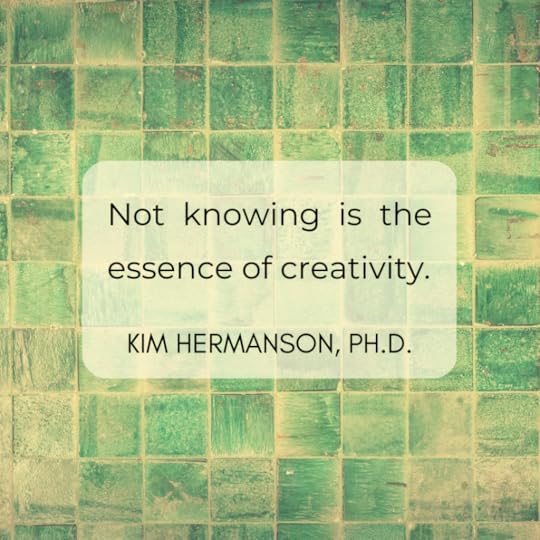
I once heard the celebrated filmmaker David Lynch interviewed on NPR’s Fresh Air. Host Terry Gross asked Lynch something about what he does when he makes a movie.
Lynch responded that when he makes a movie, he “doesn’t really know” what he’s doing.
This statement has always stayed with me. When the amazing David Lynch makes a movie, he doesn’t really know what he’s doing.
And yet his movies are fantastic. 
Perhaps… creative brilliance requires that we “not know.”
Perhaps… not having any idea what we’re doing can work out better than we can imagine.
Perhaps… when we don’t know what we’re doing, we’re actually at our best.
Perhaps…when we don’t know what we’re doing, we’re hooked up to a greater wisdom.
Not knowing is the essence of creativity. 
May 23, 2023
How I work with client metaphors
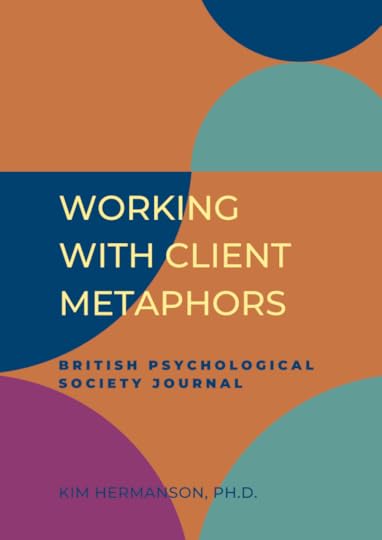
Clients often come to therapy because of negative associations and patterns (negative metaphors). But in my own work, I find it helpful to go deeper… into a client’s innate positive (rather than negative) metaphoric associations.
Fifty years of outstanding research by George Lakoff and others has demonstrated how metaphors form the basis of our cognition, defining how we think, speak, and act in everyday life. Metaphors are so embedded in our thought processes that it’s impossible to become conscious of them all.
Metaphor is connected to our intuition. We might say we’re feeling ‘light’ or ‘heavy’, ‘scattered’, ‘crystal clear’, or ‘in over our head’. We might say we feel overwhelmed, like we’re drowning, or ‘on top of the world’. We might say, ‘I’ve closed that door and don’t see the next one yet’, ‘I feel like I’m swimming upstream’, or ‘I need a time out.’ We might walk away from a conversation and say, ‘I can’t put my finger on it, but something feels off’, or visit a friend’s new home and describe it as ‘heavy’ or ‘light’ or ‘cheerful’.
Here’s a link to the full article on how to work with a client’s metaphors:
May 16, 2023
It’s freeing to pursue what our heart loves.
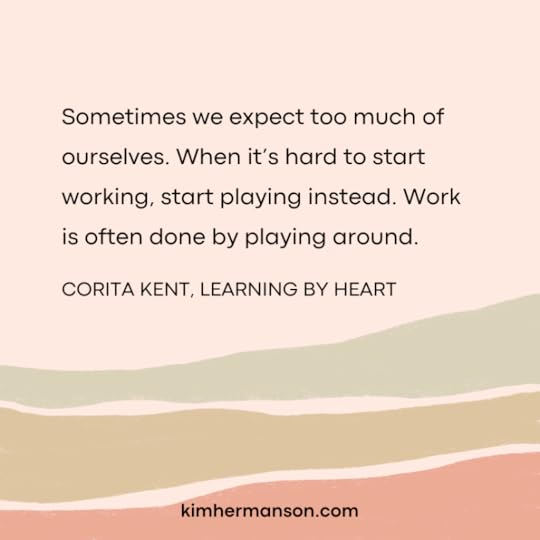
I taught creative process courses for several years in a graduate program at the Sophia Center at Holy Names University. The thing I enjoyed most about teaching this course was that I got to share the things that inspired me.
Week to week, that’s all I did: bring in what inspired me.
So Corita Kent was a big part of my courses. Kent was a Catholic nun, a pioneering artist, and a profound teacher of art and creativity.
Her work spoke to my students and never failed to liven up my classes.
Here is a little of her brilliance (excerpts from her book, Learning by Heart):
“Work is often done by playing around. For example, when you set out to write something that must be finished and finely crafted, you can begin by playing around. Write anything that comes into your head or write about what you see around you or what happened yesterday. …playing around until something comes…”
“Art does not come from thinking, but from responding.”
“When we pursue a thing for love, we are free to fumble and make mistakes. The course of our work may not run smoothly, but we are open to possibilities, embracing everything we have contact with. Our vision is not narrowed by convention.”
It’s so freeing to pursue what our heart loves rather than what we’re told is valuable by the external world.
May 9, 2023
17 potent, inspiring and relatively unknown books on the power of art, imagination, learning, and metaphor
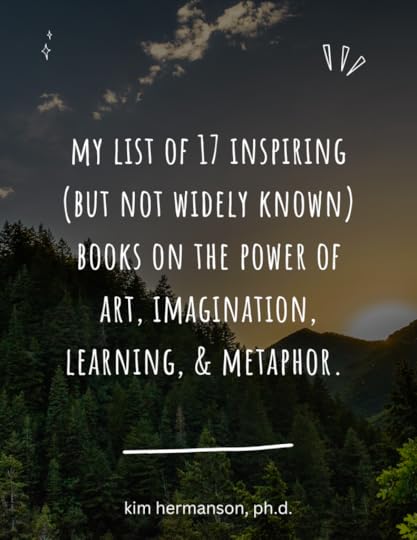
In alphabetical order, 17 potent, inspiring, and relatively unknown books on the power of art, imagination, learning, and metaphor. Enjoy.
The Aesthetic Dimension: Towards a Critique of Marxist Aesthetics by Herbert MarcuseAlone with the Alone: Creative Imagination in the Sufism of Ibn Arabi by Henry CorbinAnimals of the Four Windows: Integrating Thinking, Sensing, Feeling and Imagery by Stephen GallegosArtful Leadership: Awakening the Commons of the Imagination by Michael JonesDeep Knowing: Entering the Realm of Non-Ordinary Intelligence by Kim Hermanson (had to list it…)Ensouling Language: On the Art of Nonfiction and the Writer’s Life by Stephen Harrod BuhnerGetting Messy: A Guide to Taking Risks and Opening the Imagination for Teachers, Trainers, Coaches, and Mentorys by Kim Hermanson (again, same reason…)If You Want to Write: A Book about Art, Independence, and Spirit by Brenda UelandLearning by Heart: Teachings to Free the Creative Spirit by Corita KentA Life in School: What the Teacher Learned by Jane TompkinsThe Living Classroom by Christopher BacheMetaphoric Mind: A Celebration of Creative Consciousness by Bob SamplesNo More Secondhand Art: Awakening the Artist Within by Peter LondonRadical Presence: Teaching as a Contemplative Practice by Mary Rose O’ReilleyThe Reenchantment of Art by Suzi GablikSaved by a Poem: The Transformative Power of Words by Kim RosenZen of Seeing: Seeing/Drawing as Meditation by Frderick FranckIf I’ve missed something, please let me know. I’d love to hear it. My list was meant to focus on books that aren’t commonly known, so that’s why some popular books on creativity and imagination weren’t included.
Click here to read my reviews of these books:
https://www.goodreads.com/review/list/648771?ref=nav_mybooks
May 2, 2023
Images produce breakthroughs
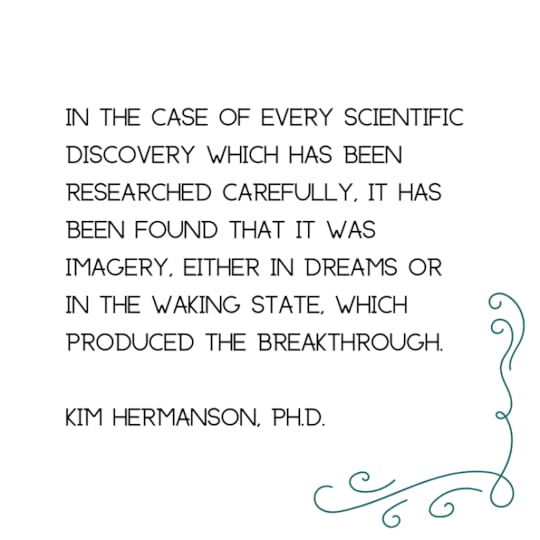
Humans have been accessing inner images since pre-historic times when tribes painted visions onto cave walls.
Psychologist David Premack writes, “The original and basic unit of mental activity, which remains the psyche’s preferred way of operating, is the image.”
And in the case of every scientific discovery which has been researched carefully, it has been found that it was imagery, either in dreams or in the waking state, which produced the breakthrough.
Maybe we should pay more attention to the power of images?
April 25, 2023
To view the world compassionately, we need the undeveloped capacities of our right cerebral hemisphere
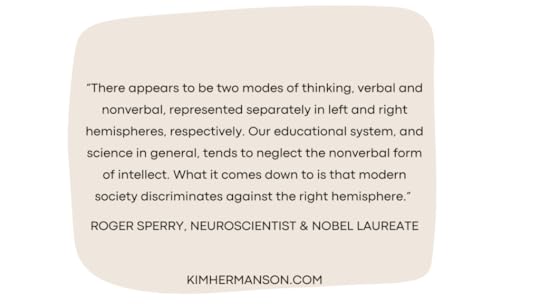
To my mind, one of the most paradigm-changing statements of the 20th century was from Nobel laureate and neuroscientist Roger Sperry:
There appears to be two modes of thinking, verbal and nonverbal, represented separately in left and right hemispheres, respectively. Our educational system, and science in general, tends to neglect the nonverbal form of intellect. What it comes down to is that modern society discriminates against the right hemisphere.
While neuroscience now shows that it’s not that simple (our emotional limbic tissue is evenly divided between the two hemispheres), to my mind, we still haven’t fully understood or developed upon Sperry’s insights.
One part of our brain (I still call it the left hemisphere) can analyze, dissect, separate things, and make distinctions. But it can’t bring things together. It can’t connect things.
But the other, undeveloped and ‘dismissed’ part of our brain views the world INTIMATELY… it understands feelings and knows how to connect things.
In other words, to view the world (and other people) compassionately, we need the undeveloped capacities of the right cerebral hemisphere.
Because our culture is solely focused on perceiving the world through the analytical part of our brains, we haven’t understood how to access and draw on the extraordinarily creative powers that lie beyond our thinking.
Powers that we can only access through the metaphoric language of the right hemisphere.
For more on the creative power of the right brain and its language of metaphor, check out my book, Deep Knowing: Entering the Realm of Non-Ordinary Intelligence and my article on the non-ordinary knowing of the right hemisphere: https://www.kimhermanson.com/2023/01/28/to-see-the-world…ebral-hemisphere/
April 18, 2023
Teaching and learning are deep, rich, beautiful, and life-giving.
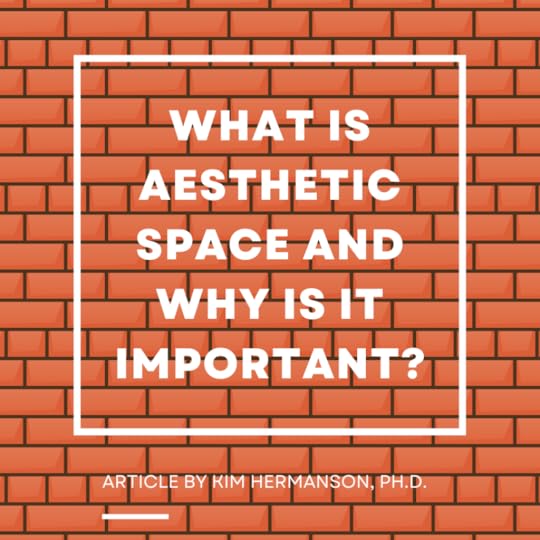
I’ve always had a strong desire to explore teaching and learning as deep, rich, and aesthetic processes. Beautiful, life-giving, and creative rather than dry, boring, and joyless.
Teaching (as well as learning) requires courage, an open heart, and the willingness to be vulnerable. But instead of noticing and honoring the inherent beauty and vulnerability of educational settings, our focus in education has often been abstract and rule-based, taking us far away from the experience of beauty and depth.
The word aesthetics comes from the Greek word “aisthenesthai” which is the “ability to perceive.” Here’s my blog post on “aesthetic space” in teaching and learning:
https://www.kimhermanson.com/2017/09/05/what-is-aesthetic-space-and-why-is-it-important/
April 11, 2023
We grow when we have access to a more expansive set of possibilities–a larger frame of reference
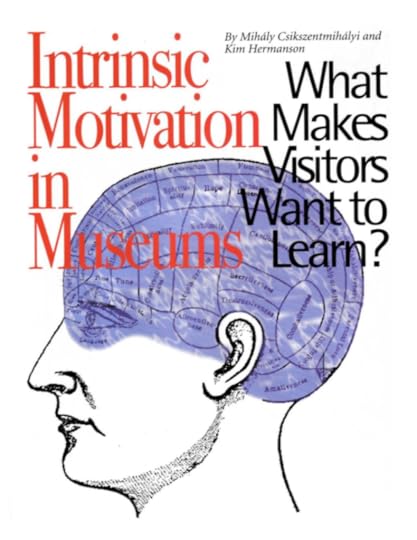
What inspires growth is having access to a more expansive set of possibilities–a larger frame of reference.
We think learning is about knowing, but it’s actually about not knowing. We have to not know in order to learn.
Click here to read the full article I co-authored with Mihaly Csikszentmihaly:



